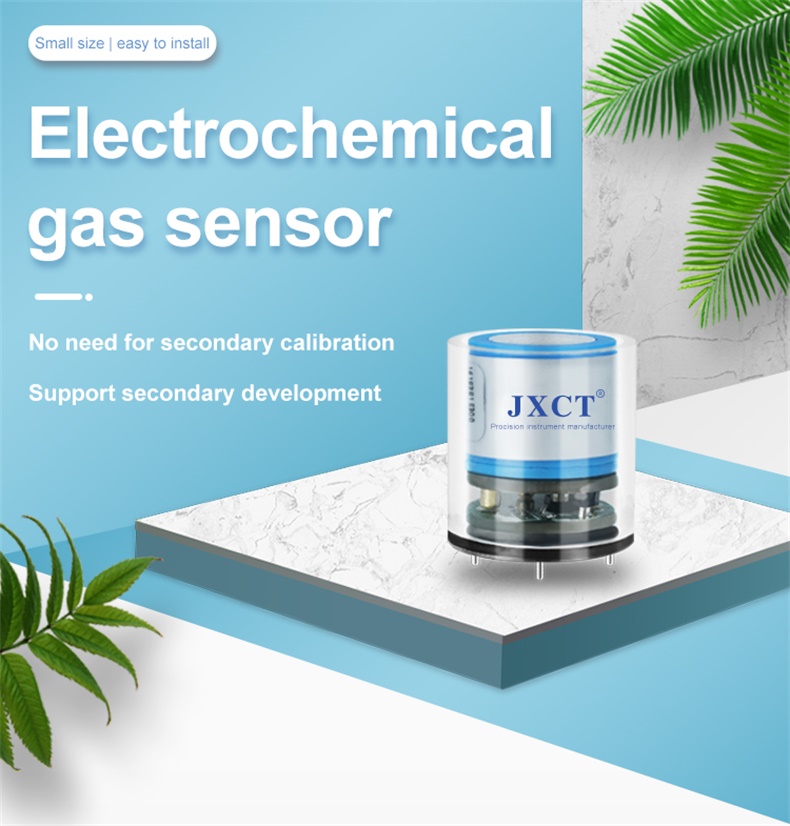Air pollution is a global issue that affects the health of millions of people around the world every year. From smog-filled skies to hazardous emissions from factories, air pollution can cause respiratory illnesses, heart diseases, and even cancer. Recently, gas sensors have emerged as an innovative technology that is revolutionizing air quality monitoring, providing researchers and policymakers with valuable data to better understand air pollution.
Gas sensors are small electronic devices that detect the presence of specific gases in the atmosphere. They work by reacting with the gas molecules and producing an electrical signal that can be measured and analyzed. The most common types of gases detected by sensors are carbon monoxide (CO), nitrogen oxides (NOx), ozone (O3), volatile organic compounds (VOCs), and particulate matter (PM2.5 and PM10).
One of the key benefits of gas sensors is their ability to provide real-time data on air quality. Traditional air quality monitoring systems rely on manual sampling and laboratory analysis, which is often time-consuming and expensive. Gas sensors, on the other hand, can continuously collect and transmit data wirelessly, allowing researchers and policymakers to monitor air quality in real-time and take swift action to address air pollution hotspots.
Gas sensors are also highly sensitive and accurate, which means they can detect even the tiniest traces of pollutants in the air. This makes them ideal for detecting low levels of contaminants that may not be detected by traditional methods, such as leaks from industrial facilities or vehicles. Additionally, gas sensors can be used in a wide variety of settings, including indoor environments like homes and offices, as well as outdoor spaces like cities and transportation networks.
One of the most promising applications of gas sensors is in the field of smart cities. By embedding gas sensors into public infrastructure, such as street lamps and traffic lights, cities can measure air pollution levels in real-time and adjust traffic flow to reduce exposure to harmful pollutants. In addition, gas sensors can be used to monitor the emissions of individual vehicles and provide feedback to drivers on how to reduce their carbon footprint.
Furthermore, gas sensors can also be used in industrial settings to improve workplace safety. For example, gas sensors can detect toxic gases in mines and chemical plants, alerting workers to potential hazards and allowing them to take immediate action to protect themselves.
Despite the numerous benefits of gas sensors, there are also some challenges that need to be addressed. One of the most critical challenges is the accuracy of the sensors. Gas sensors can be affected by a variety of factors, including temperature, humidity, and cross-sensitivity to other gases. As a result, it is important to calibrate and validate the sensors regularly to ensure that they are providing accurate and reliable data.
In conclusion, gas sensors hold great promise for revolutionizing air quality monitoring and addressing the global issue of air pollution. By providing real-time data, high sensitivity, and wide applicability, gas sensors are helping researchers and policymakers better understand the sources and impacts of air pollution, as well as develop effective strategies to reduce its harmful effects. While there are still challenges that need to be addressed, the future looks bright for gas sensors and their potential impact on public health and environmental protection.
 : +86 155 8830 2704
: +86 155 8830 2704 : jxdziot@gmail.com
: jxdziot@gmail.com
